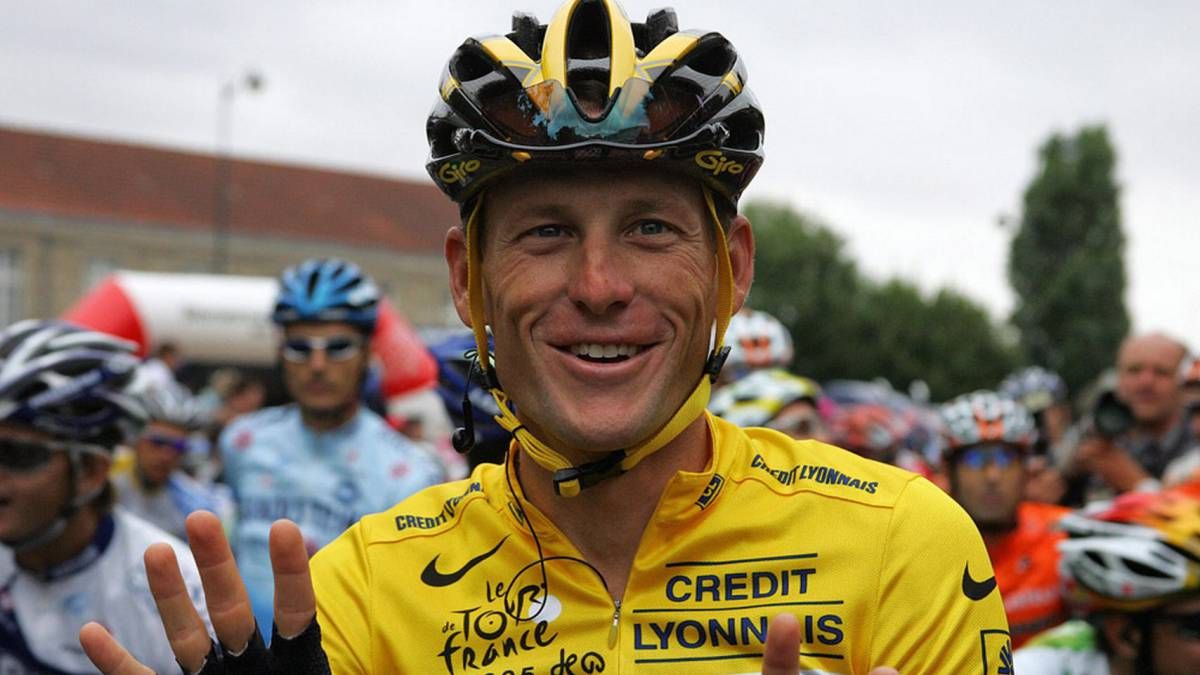The floods in the Kherson region triggered the worst humanitarian crisis to date. Amidst the noise of battle, helpers rescue people from a region that is still partly occupied by Moscow.
With their pets and small hand luggage in the lifeboat, many people in the war zone in southern Ukraine leave their flood-damaged houses after the destruction of the Kakhovka dam. Entire villages and thousands of houses are under water in the Cherson region. Often only the roofs stick out, as drone images from the crisis region show. Thousands can be brought to safety, but many cannot let go. “Many residents are in shock, they think everything will be fine once the water is gone. But it won’t be,” says helper Vlad Pojanskyj from the Ukrainian aid organization Vostok SOS.
“It’s the hardest thing to convince people that everything is lost, that they should give up their belongings,” says the 33-year-old in a video call with the German Press Agency. Pojanskyj is part of the evacuation team in Kherson. The flood is more than five meters high there on Friday.
After the Russian troops invaded, the people survived the occupation, were happy about their retreat – and now have to watch their lives sink into the floods. “The shelling continues. They’re shooting all the time while we’re trying to get people to safety. They just want to make the chaos even bigger,” Poyanskyj says of the Russians. Seen from Cherson, the occupiers are on the other side of the river.
Are the real problems yet to come?
“We receive many calls for help from the occupied territory, but we can’t do anything. We are not soldiers,” he says sadly. On the right bank, which is under Ukraine’s control, aid is going well and there are many volunteers. But Pojanskyj expects the real problems are yet to come. “There are an incredible number of dead animals, so many dead dogs, the carcasses can be seen everywhere. There will be epidemics.” The situation is also dangerous for the residents because of the lack of drinking water, springs and wells are flooded. Around 80 towns are in the flooded area.
The organization Vostok SOS, for which Pojanskyj works, has just handed over four motorized inflatable boats, which can withstand the current, to civil protection. This should enable emergency services to reach people trapped in the flood areas even faster. Many persevere on their roofs. Vostok SOS works together with the German Diakonie Katastrophenhilfe. “I want to be honest, money helps us the most because we can get things we need quickly here in Ukraine,” says Pojanskyj, who praises Germany’s willingness to donate.
help is on the way
Nevertheless, aid deliveries are also important, says the Kiev office manager of Diakonie Katastrophenhilfe in Ukraine, Andrij Waskowycz, of the dpa. “Trucks with humanitarian aid from the Vostok SOS centers in Uzhhorod and Dnipro are already on their way to Mykolaiv, where evacuees are being temporarily housed,” explains Waskowycz. Food and hygiene items have been delivered since the beginning of the war more than 15 months ago.
The Technical Relief Agency (THW) and the German Red Cross as well as other aid organizations are also active in disaster relief. Above all, however, the government in Kiev is demanding that aid workers from the United Nations and the International Committee of the Red Cross be granted access to the occupied territories. Far more people there are affected by the consequences of the dam disaster. The Ukrainian leadership accuses the occupiers of not only blowing up the dam but also of abandoning the people.
In fact, the Russian side is downplaying the consequences since the dam’s destruction on Tuesday. State media in Moscow are reporting a “flood,” while Kiev speaks of the “greatest man-made environmental disaster” and compares the flood to the use of a “tactical nuclear bomb.”
water could rise further
There are reports of at least eight dead and dozens injured on the Russian-held left bank of the Dnipro River. “Unfortunately, there are victims, that’s inevitable in a disaster of this magnitude,” says the local crew chief, Vladimir Saldo. 5,800 people have been rescued so far. This cannot be checked independently. Saldo expects the water to rise further, possibly for days. More than 22,200 houses are already under water in 17 towns. The water is up to 12 meters high.
Given the dramatic images from the scene, it’s hard for many to believe there won’t be many more victims in the end. Almost in a continuous loop, Russia’s state television shows footage of rescuers heaving people in stretchers through knee-deep water or bringing them to safety in boats. A newsreader happily announces that President Vladimir Putin – who, incidentally, unlike his Ukrainian counterpart Volodymyr Zelenskyy does not want to travel to the flood area close to the front – “has the situation under control.”
News flow under Kremlin control
The Kremlin primarily controls the flow of news in Russia. Independent information from the occupied territories hardly leaks out. Meanwhile, amateur videos are circulating on social networks, which are supposed to show, among other things, how Ukrainian helpers supply drinking water to a deserted family in the actually Russian-occupied town of Oleschky from the air and then rescue them with a boat. The media celebrate this as a sensation. A boy later happily hugs a Ukrainian soldier. However, the Ukrainian leadership complains that the majority of people from the occupied territory cannot flee to the regions controlled by Kiev.
The Russian newspaper “Novaya Gazeta”, which is critical of the Kremlin and is in contact with residents of the occupied villages, reports on thousands of calls for help in chat groups and people. “People are sitting on roofs, they are not being evacuated, the boats are passing by,” says Sergei, a resident of Oleshky. There will also be no electricity, gas or water.
Ukrainian television shows Tamara, a resident of the Kyiv-controlled village of Chornobaivka, standing in her kitchen up to her knees in water, desperate because she doesn’t know what to do next. She is convinced that the Russian troops blew up the dam: “I would tear this Putin into small pieces if they gave him to me.”
Source: Stern
I have been working in the news industry for over 6 years, first as a reporter and now as an editor. I have covered politics extensively, and my work has appeared in major newspapers and online news outlets around the world. In addition to my writing, I also contribute regularly to 24 Hours World.




